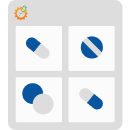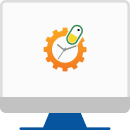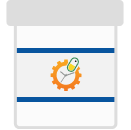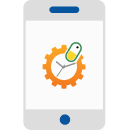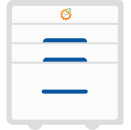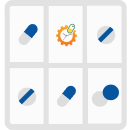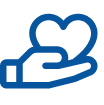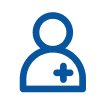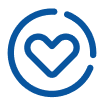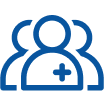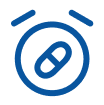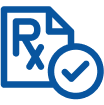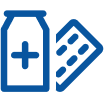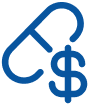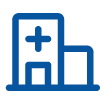Unlock the latest in medication management technology and grow your care community with us.
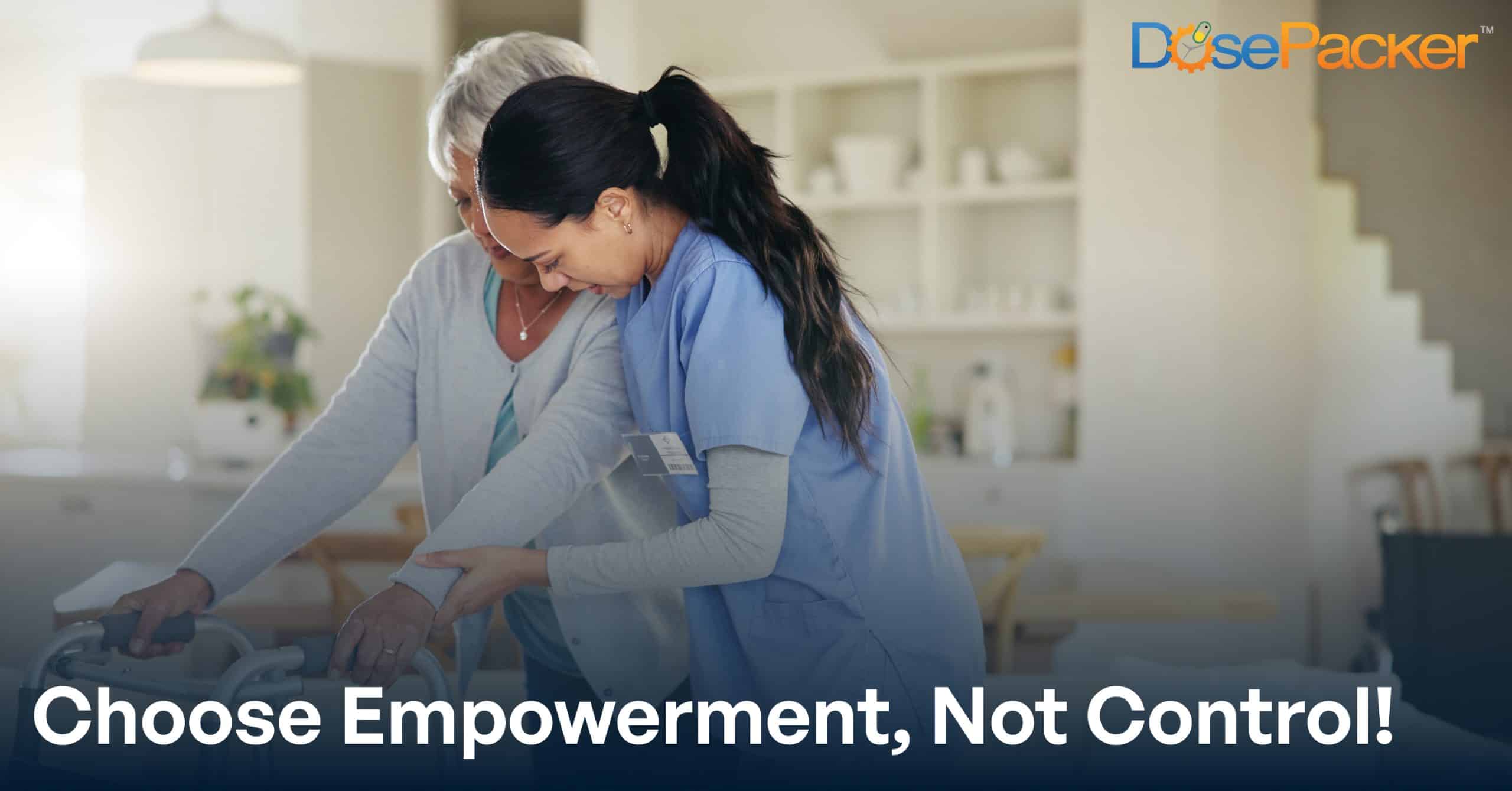
If you’ve ever found yourself responsible for someone else’s well-being, you’ve likely heard the terms caregiving and caretaking used as if they mean the same thing. They don’t.
While both involve helping someone, the approach and impact on the person receiving care can be very different. How do they differ then?
Let DosePacker walk you through it. With our experience in the field, we’ve seen how the right approach to both caregiving and caretaking, supported by streamlined medication management solutions, creates better outcomes for everyone involved.
Care Better, Not Harder
What Is Caregiving?
It’s in the name: caregiving means to give care. It’s about supporting someone in a way that lifts them up rather than holding them back. Simply put, this involves a partnership approach that honors the person’s dignity, preferences, and remaining abilities while providing the support they need to thrive.
The Pillars of Caregiving:
- Partnership – Working with the person, not just for them
- Empowerment – Supporting their independence and decision-making
- Dignity – Respecting their autonomy and personal choices
What would this look like?
- Asking your father, “How would you like me to help with your medications today?” instead of simply taking over his pill routine.
- Senior living staff walking patients through their medication schedules and asking about their preferences.
- Pharmacists taking time to educate patients about their medications and potential side effects.
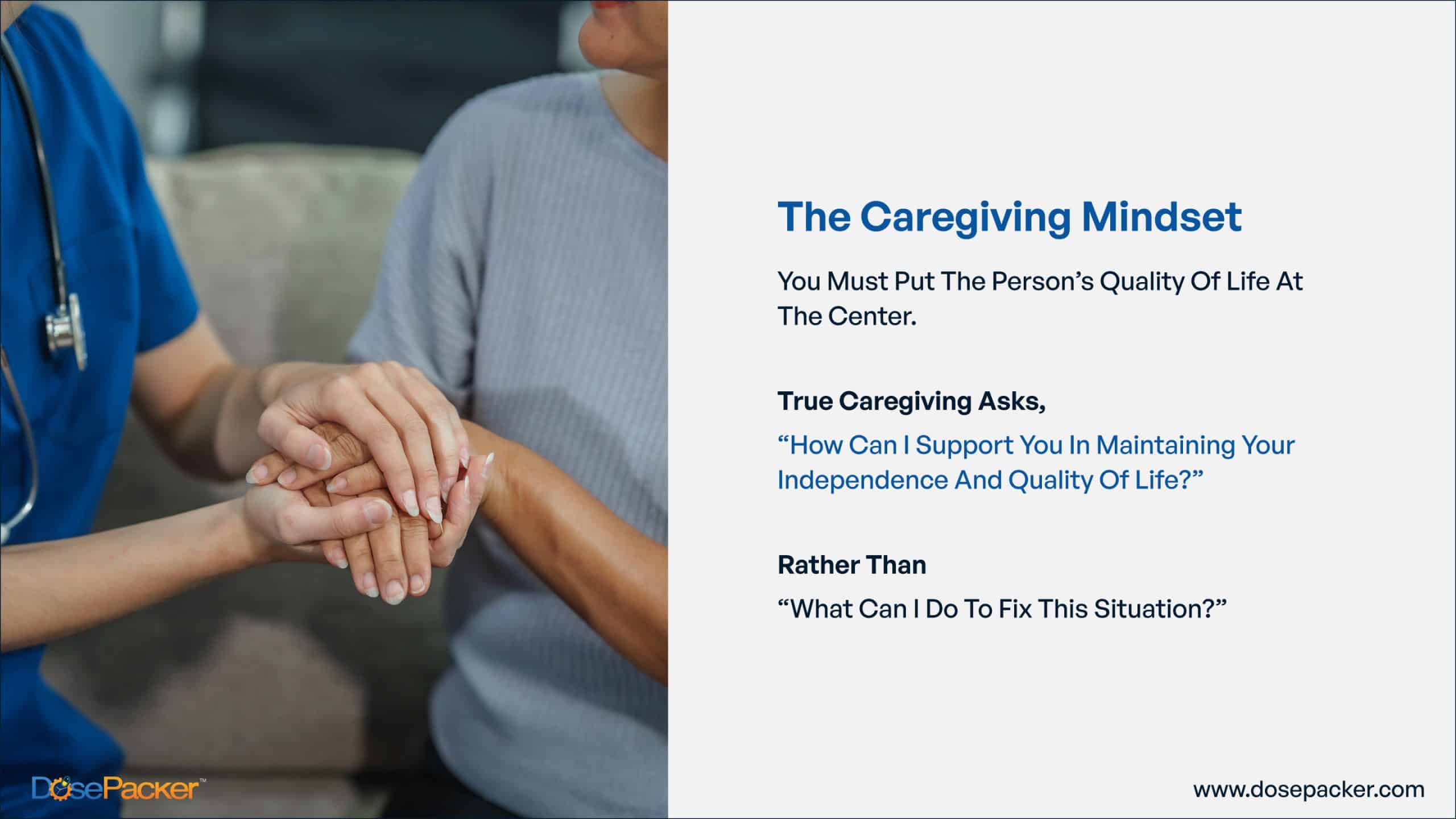
What Is Caretaking?
Caretaking typically involves taking charge rather than forming a partnership. It’s the well-meaning approach where we step in to manage, control, or completely handle situations for someone else, often without asking what they actually want or need.
The Caretaking Pattern:
- Control-focused – Making decisions for the person rather than with them
- Dependency-building – Inadvertently reducing someone’s confidence and skills
- Quick-fix oriented – Prioritizing efficiency over empowerment
What would this look like?
- Scheduling all of mom’s appointments without involving her in the process.
- Managing medications entirely behind the scenes with minimal patient education.
- Rushing through care tasks to save time rather than teaching self-management skills.
This may sound bad, but it isn’t necessarily so. Caretaking often stems from love, worry, or simply exhaustion from the caregiver’s side. But the inherent effect it brings fosters a feeling of helplessness on the patient’s side.
Although sometimes caretaking is exactly what’s needed, especially during medical emergencies, acute illnesses, or when someone is truly unable to participate in their own care. The challenge comes when it becomes our default approach.
The Outcome Difference Between Caretaking vs. Caregiving
The real contrast between caregiving and caretaking shows up in the outcomes.
Why Does The Distinction Matter
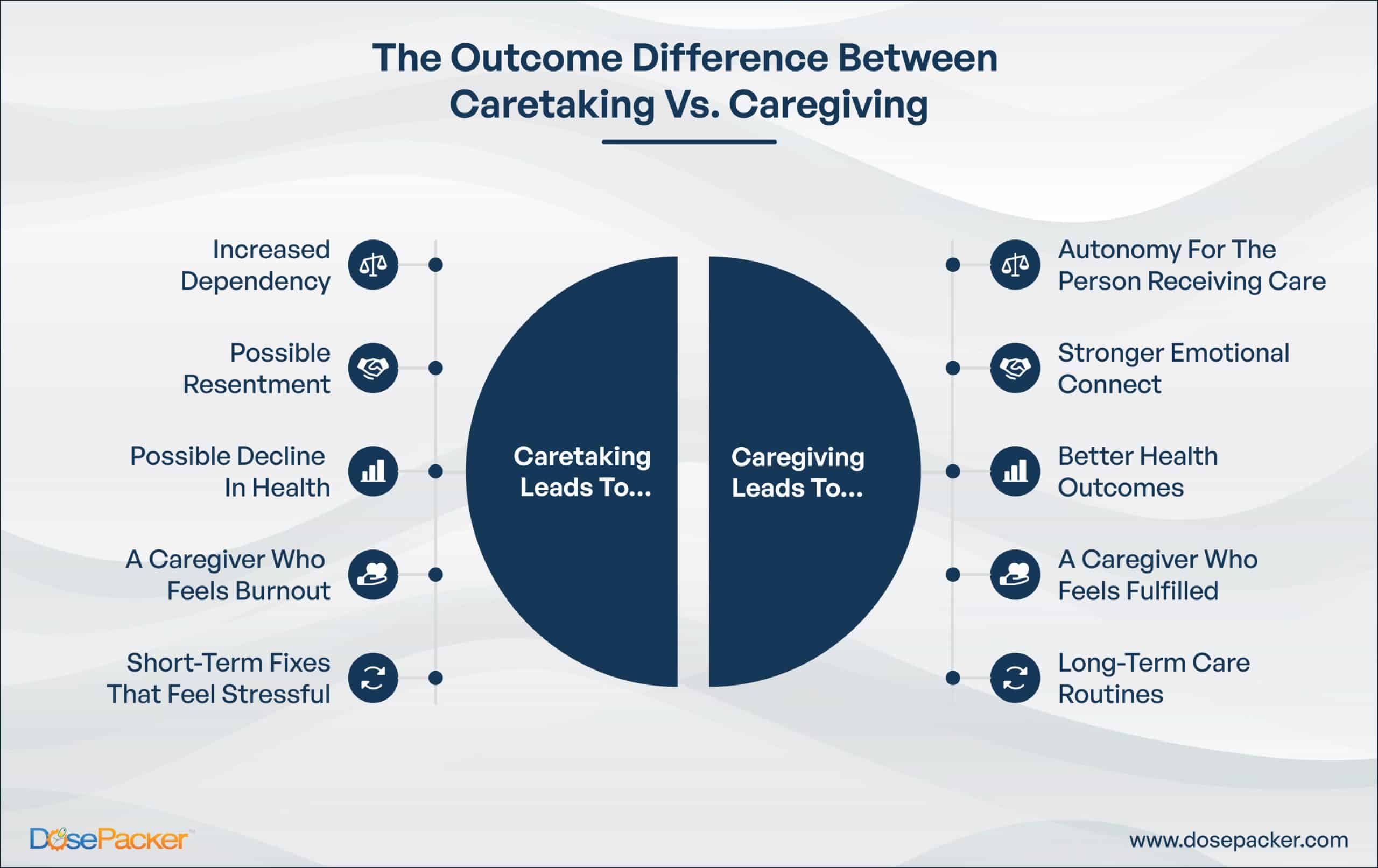
“Does it really make that much difference in day-to-day care?”
Short answer, absolutely!
When you practice caregiving:
- Energy is sustainable – Shared responsibility means you’re not carrying everything alone
- Guilt decreases – You’re empowering rather than enabling, which feels more authentic
- Relationships improve – Partnership creates a connection instead of resentment
- Boundaries stay healthy – Clear roles prevent emotional and physical exhaustion
When caretaking becomes the norm:
- Burnout accelerates – Taking on everything leads to overwhelm and depletion.
- Resentment builds – Both parties may feel frustrated with the imbalanced dynamic.
- Isolation deepens – The burden feels heavier when shouldered alone.
At the heart of it, balance is key: helping without over-controlling. When that balance is struck, both the caregiver and the person receiving care thrive.
What does that balance look like?
- Instead of laying out clothes for a loved one every day, you might set out a few options and let them choose what to wear.
- Rather than administering all their medications directly, you could organize them with an easy-to-use medication system and provide reminders, giving them the chance to take charge when possible.
These small adjustments keep support in place while preserving independence and dignity.
How Caregivers Can Avoid Slipping Into Caretaking
A few mindful shifts can go a long way to help you strike the right balance. Here are simple ways to stay in caregiving mode instead of caretaking:
- Encourage independence whenever possible
Even small choices, like picking meals, clothes, or activities, help the person receiving care feel capable and respected.
- Communicate and listen actively
Ask for input rather than assuming what’s best. Simple check-ins like, “Would you like to try this yourself, or would you like me to help?” keep the relationship collaborative.
- Set healthy boundaries
Remember, you can’t pour from an empty cup. Saying “no” when needed, taking breaks, and sharing responsibilities not only protects your health but also ensures the quality of care you provide.
- Seek support and lighten the load with tools
Lean on family, community resources, and technology designed to reduce stress. Tools like medication management systems, automated reminders, and organizational platforms free you from repetitive tasks, allowing you to focus on providing meaningful care.
Be the Caregiver Who Uplifts, Not Overwhelms
Get the Support You Need with DosePacker
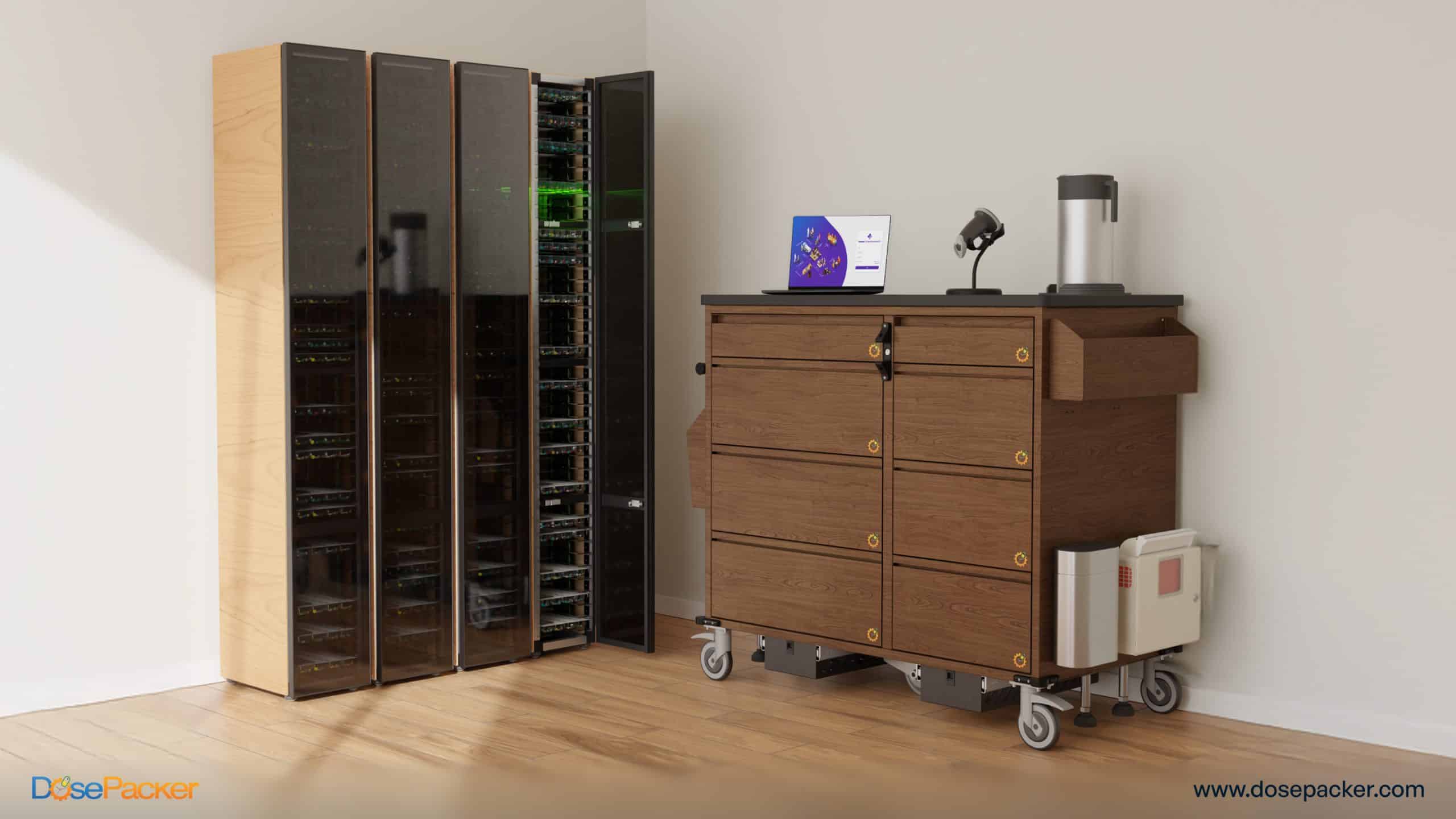
The people in your care are counting on you, not just for assistance, but for the kind of support that helps them remain themselves. With the right mindset, practical strategies, and supportive tools, you can provide exactly that kind of care.
At DosePacker, we understand that behind every medication schedule, every care plan, and every daily routine is a relationship that deserves to flourish. Let us help you make that thrive and the quality of care you provide with our:
- MyDoses and DoseMinder: Empower residents to take medication on their own with easy-to-follow storage and reminders, supporting independence while easing caregiver oversight.
- DosePacker Storage & DoseKart: Take the stress out of medication management by organizing doses, reducing errors, and keeping the process smooth and simple.
- CareCommunityOS: Cut down on paperwork and repetitive documentation, helping caregivers spend less time behind a screen and more time connecting with residents.
Your caregiving journey matters. The people you serve matter. And the difference you make—when you choose partnership over control—creates ripples of positive impact that extend far beyond any single moment of care.
Ready to transform your approach to care? We’re ready whenever you are!

